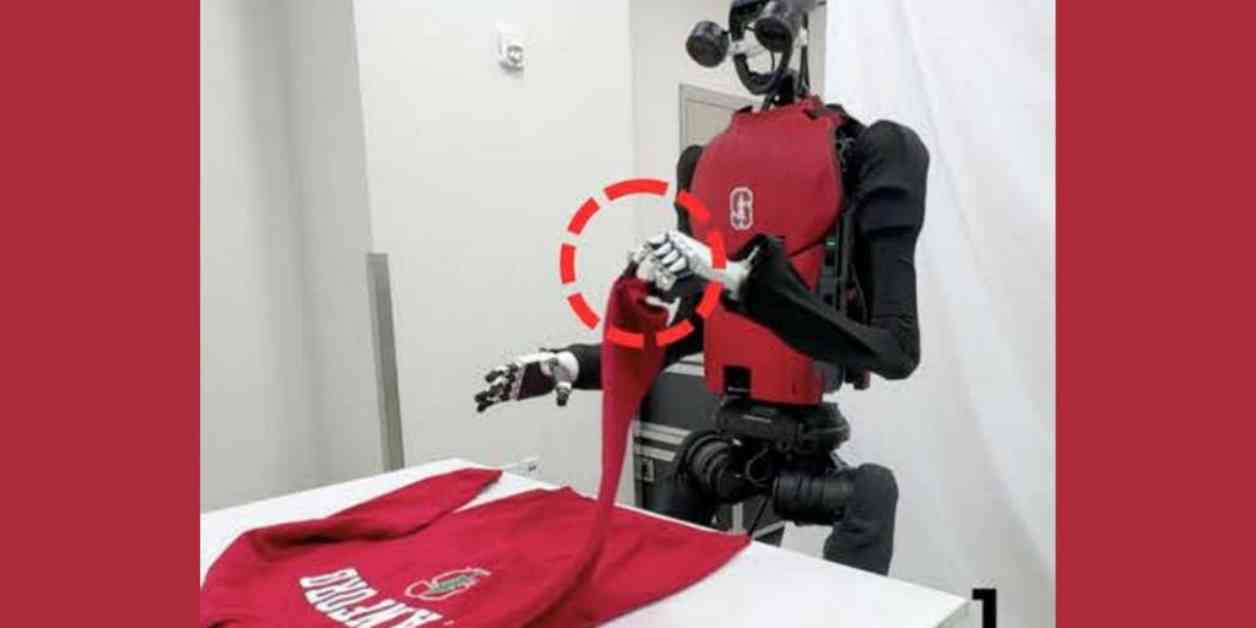Researchers at Stanford University have developed an innovative humanoid robot named HumanPlus that can learn and perform a variety of tasks by observing human actions. This advancement in robotics brings us closer to creating truly versatile and adaptable machines.
HumanPlus is built on Unitree’s H1 robot base, with hands from Inspire-Robots and custom wrists, standing at 5 feet 9 inches tall. It features a 6-DoF hand with complex hand movements and manipulations. The robot also has a 1-DoF wrist for rotational movement, 33 degrees of freedom, two RGB webcams, and impressive finger force capacity and leg motor torque.
Utilizing a single RGB camera and a whole-body policy, HumanPlus can clone human motion in real time and learn activities like boxing, playing the piano, ping-pong, tossing objects, and typing. It requires about 40 hours of human movement data to learn a task and reproduce it step by step.
HumanPlus has showcased its abilities in tasks such as wearing shoes and walking, unloading objects, folding clothes, rearranging objects, typing, and interacting with other robots with success rates of 60%-100%. Despite its significant capabilities, building a working model of HumanPlus comes with a cost estimate of around $107,945, making it one of the more cost-effective options available.
An interesting aspect of HumanPlus is its open-source design, allowing others to build similar models and contribute to its development through a GitHub repository. This collaborative approach could accelerate progress in the field of humanoid robotics.
The potential for more adaptable and versatile robots in the future is evident through HumanPlus’s ability to learn and perform a wide range of tasks. As humanoid robots continue to evolve, they could play crucial roles in industries like manufacturing, healthcare, entertainment, and education. While the current cost of HumanPlus may limit its widespread adoption, ongoing research and development could lead to more affordable versions in the future, changing how we interact with robotic assistants in our daily lives.
The question remains, what everyday task or skill would you like to see HumanPlus learn and perform, and why? Share your thoughts and ideas with us. To stay updated on tech tips and security alerts, subscribe to the CyberGuy Report Newsletter on Cyberguy.com. For questions, story ideas, or comments, reach out to Kurt “CyberGuy” Knutsson through his social channels or website.
In conclusion, the development of HumanPlus marks a significant step forward in the field of robotics, showcasing the potential for more adaptable and versatile machines. The open-source nature of the project encourages collaboration and innovation, paving the way for further advancements in humanoid robotics.



